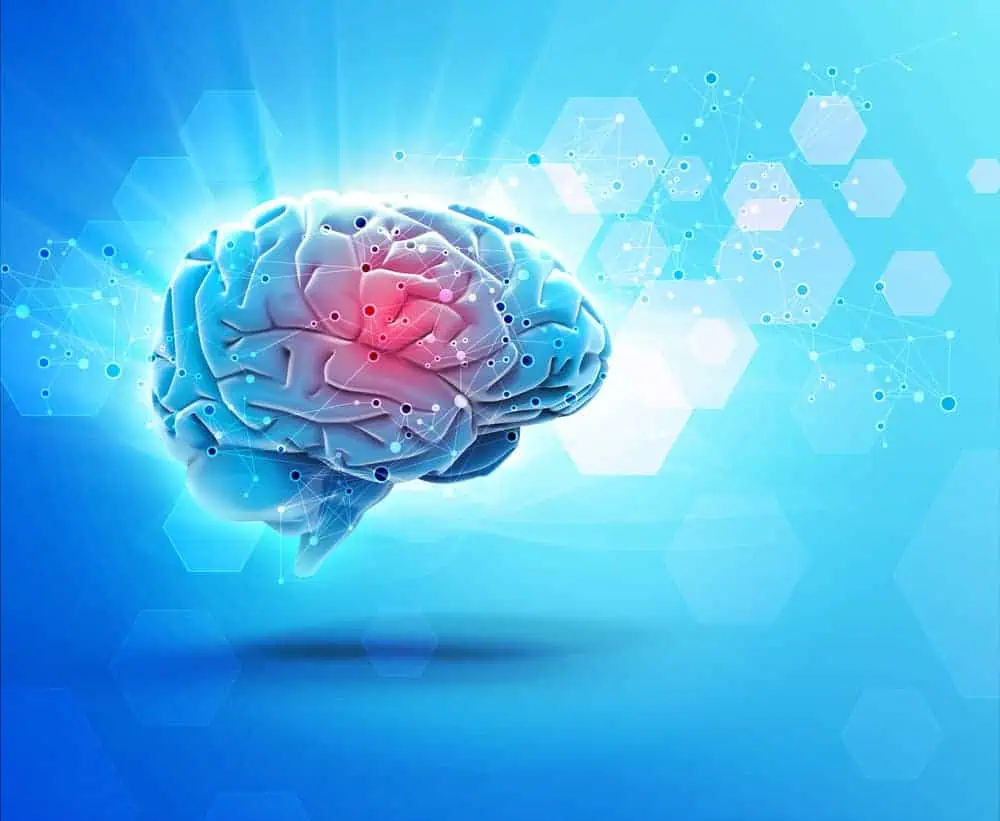
What Happens to Your Body When You Have an Orgasm?
Assuming you’ve had an orgasm — and we hope you have — you know how it feels. And there are certain things you definitely experience. Things like ejaculation, muscle contractions, and sensations that people describe in all kinds of ways. But what, on a scientific and biological level, actually happens during orgasm?
To find out, we asked a couple of experts to explain it to us.
Hormones and Orgasms
According to Dr. Nikola Djordjevic, medical adviser for HealthCareers, “several parts of our brain lit up during orgasms.” This includes the “genital sensory cortex, motor areas, hypothalamus, thalamus, and substantia nigra.” That’s definitely not something anyone taught in anatomy and physiology or whatever passed for sex education back in the day.
Dr. Djordjevic continues, “The thalamus integrates information about movements and touch, as well as to bring up any sexual memories and fantasies to help us reach orgasm. At the same time, the hypothalamus produces oxytocin, which helps in arousal coordination.”
“During orgasm, we produce a set of different hormones and neurochemicals such as dopamine which are responsible for feelings of pleasure. Furthermore, during orgasm, we release oxytocin, which promotes affection. Another hormone released during orgasm, prolactin is responsible for the feelings of satisfaction. Once we reach orgasm, our brain slows down and churns down serotonin, which promotes good mood and relaxation,” explains Dr. Djordjevic.
Beyond what’s actually happening (in a clinical sense), what does it all mean? Well, orgasms can make you more tolerant to pain. The rush of hormones may also explain why you say or think you love someone who is completely wrong for you (once you think about it later) because orgasms tend to turn off the logical part of our brain. And if you feel sleepy after you get off, blame the hormonal and neurological effects of your orgasm.
Your Body During an Orgasm
Our hormones definitely influence how our orgasm feels, what we remember about it, and our pleasure. What’s going on with our body? Dr. Lea Lis explains the physical reactions that occur leading up to and during an orgasm.
When you’re building up to an orgasm and during climax, Dr. Lis explains, “People’s heart rates increase, genitals fill and swell, and the muscles start to tense.” This is when you can become hot, find yourself short of breath, or feel flushed. The build-up to an orgasm is just as physical as the orgasm itself.
Our bodies experience orgasm based on our genitals — as different parts work together in different ways. According to Dr. Lis, “For women and anyone with a vulva, the vagina, anus, and uterus involuntarily and rhythmically contract and then relax. For men and other people with a penis, the penis stiffens and ejaculates. This is a release we’re most familiar with.”
As all of this is going on, the hormonal and neurological process mentioned above occurs, creating that body/mind experience of an orgasm many of us know and love. For some, that experience is enhanced through creative techniques—like exploring how to cum with a massage gun—which blends intense vibration with personal pleasure in a whole new way. It’s a big part of why we enjoy and continue to want more orgasms.
Conclusion
Orgasms aren’t a guarantee for anyone, whether you’re having sex with a partner you love, enjoying a casual hookup, or jacking off by yourself. But when they happen, you can feel it. And now you know exactly what’s going on in your body, too.
Being able to get off with just your hand or a partner is great, but sometimes you need a little more stimulation. That’s where sex toys come (pun intended) in handy. Not only do they change what you feel before and as you orgasm, they sometimes change the intensity and the type of orgasm you feel, too. At Jack and Jill Adult, we’ve got thousands of sex toys to choose from so you can find exactly what you crave.
Was any of this new information? Did you know your body did all this during orgasm? Share your thoughts down in the comments!

